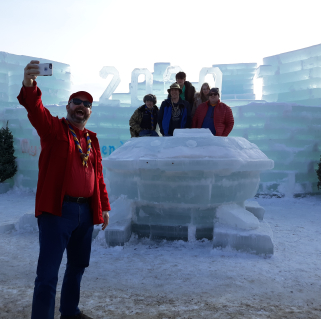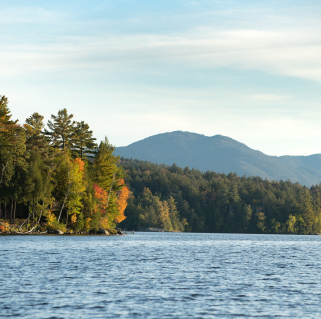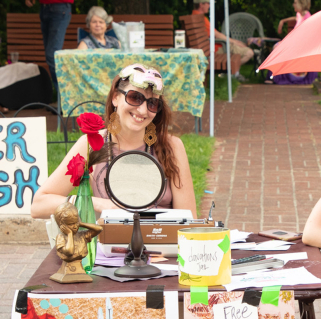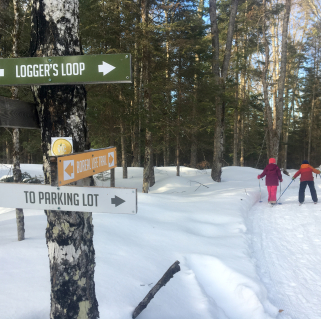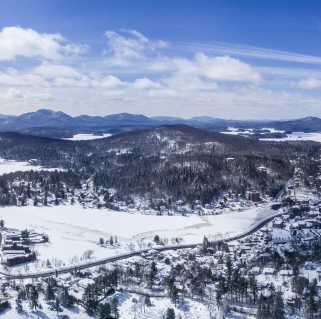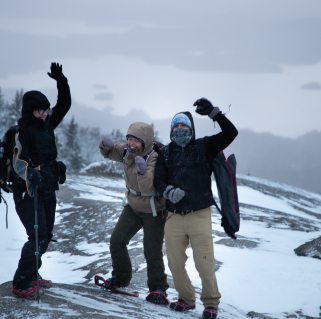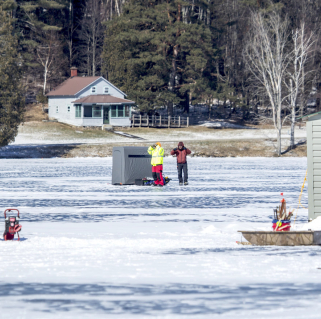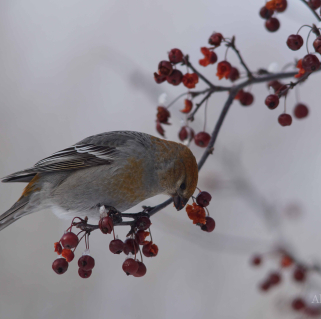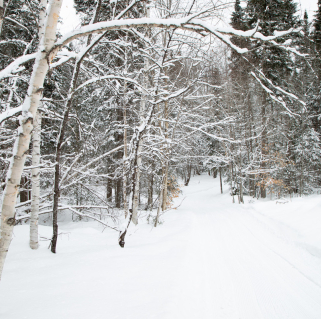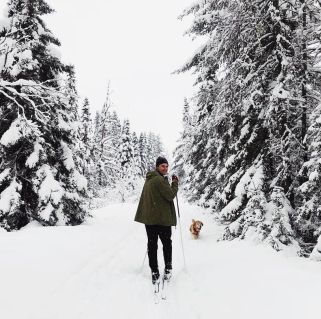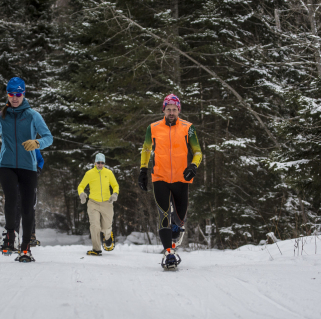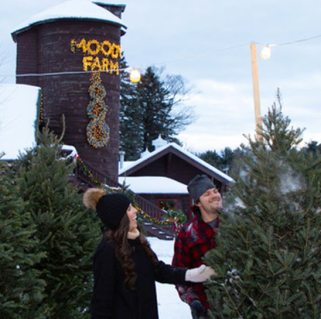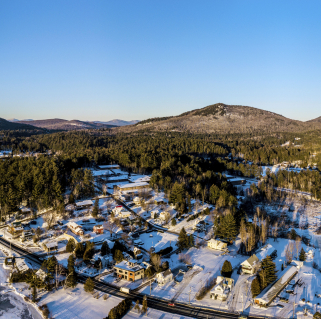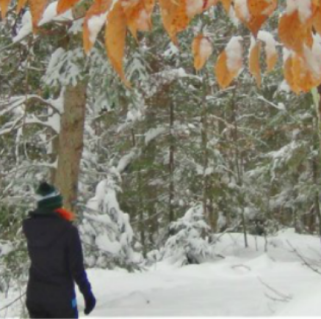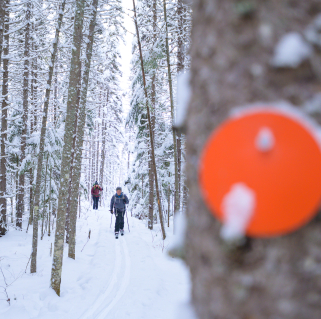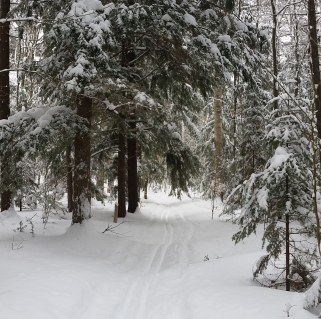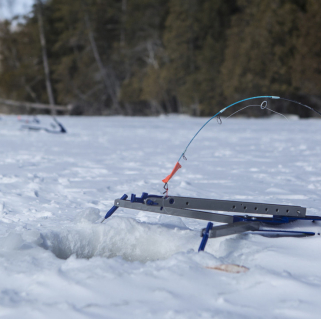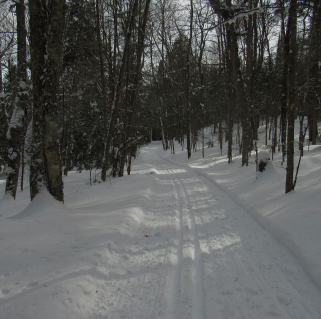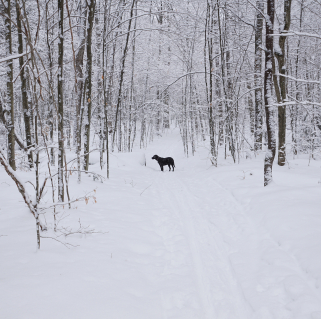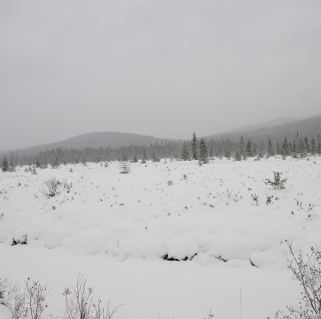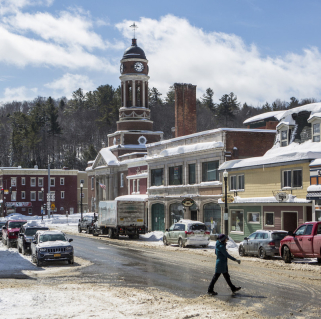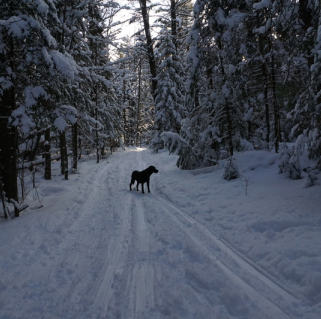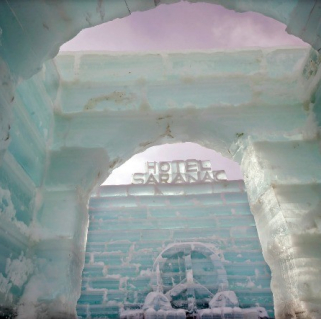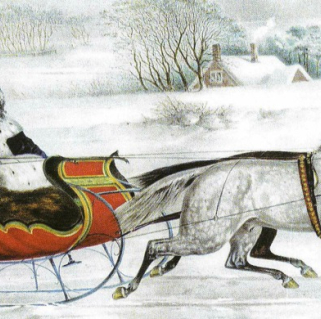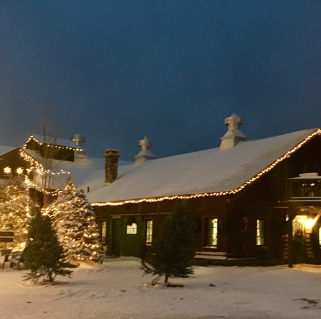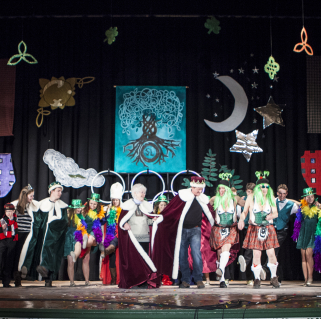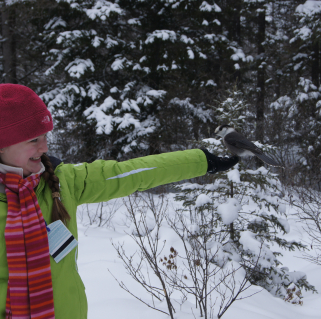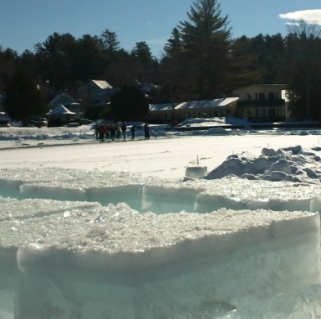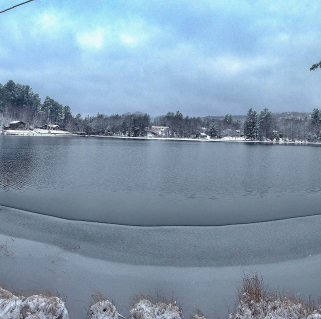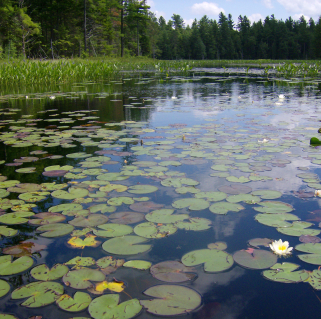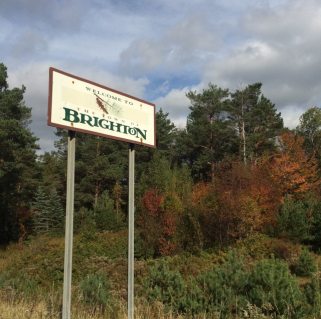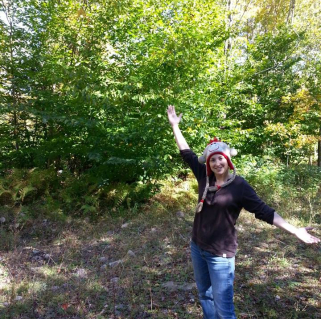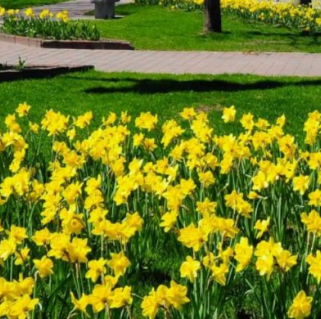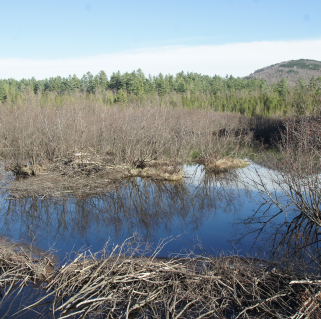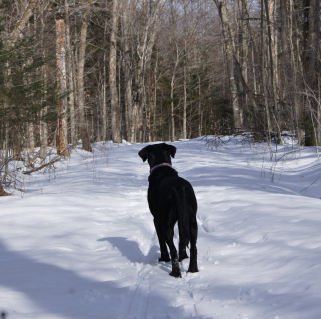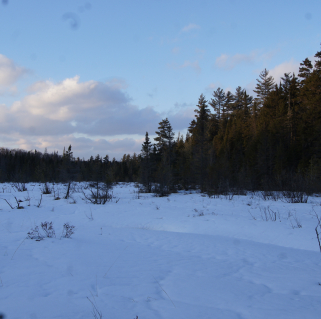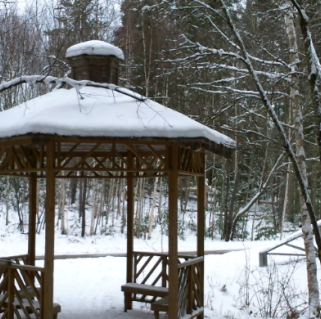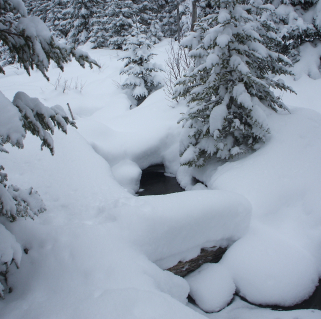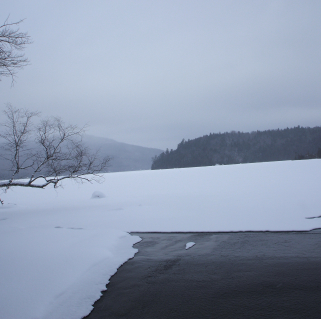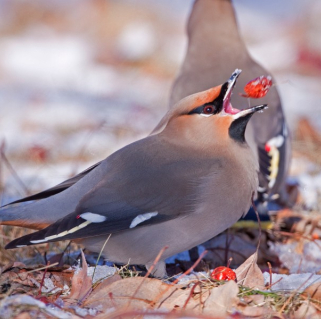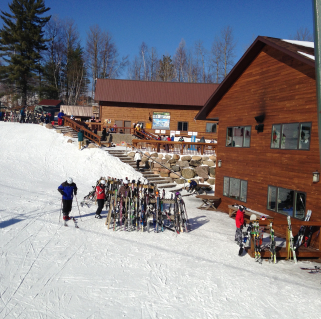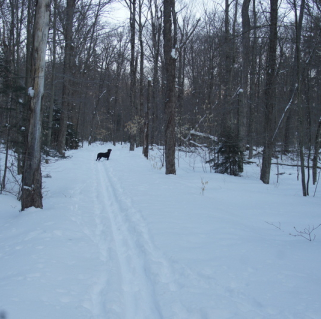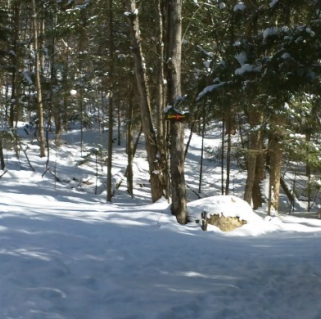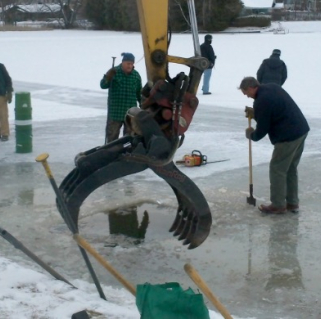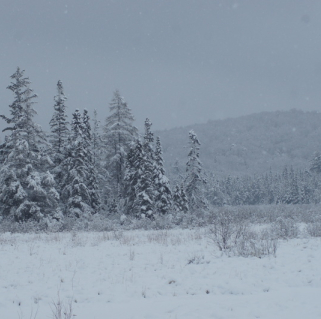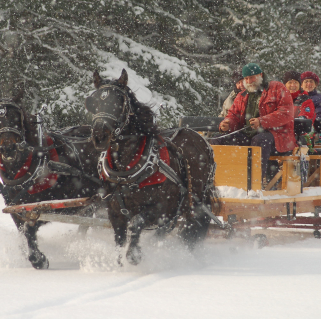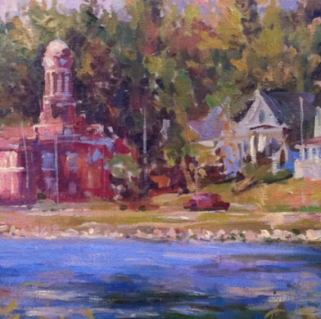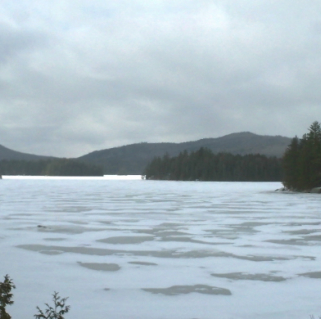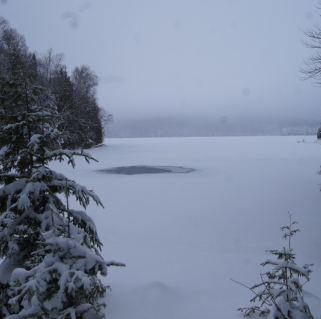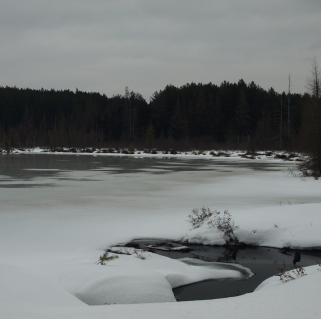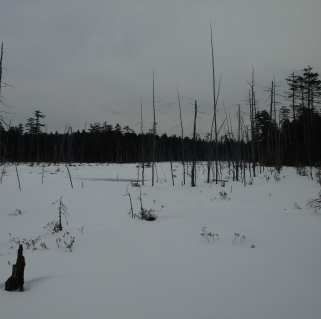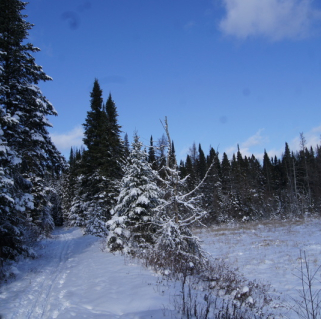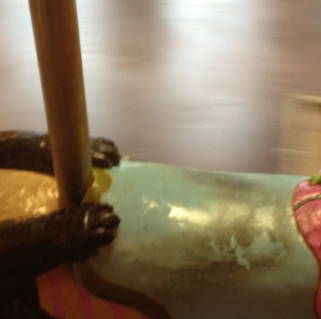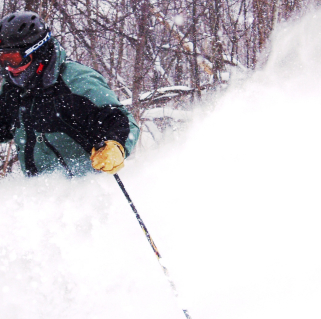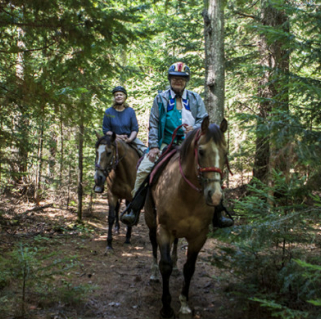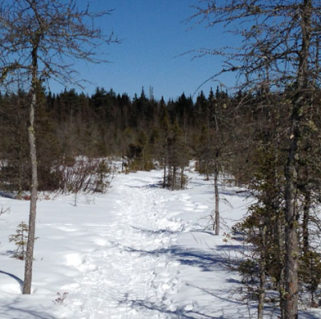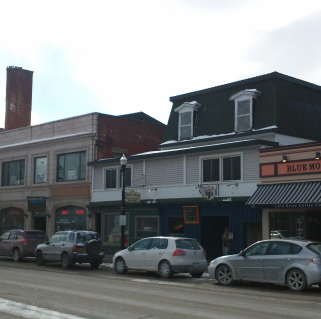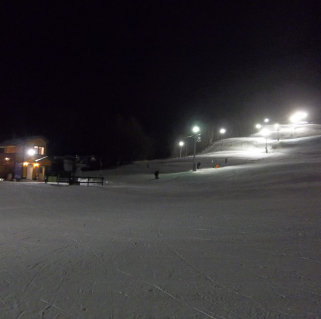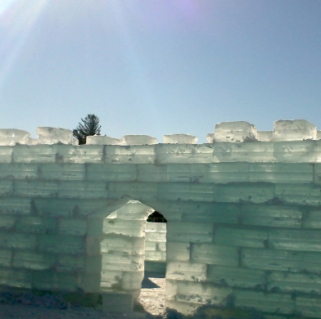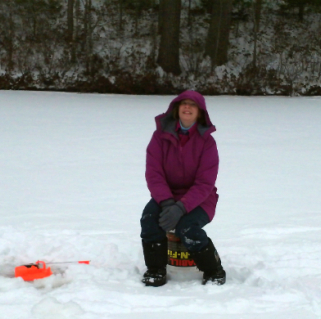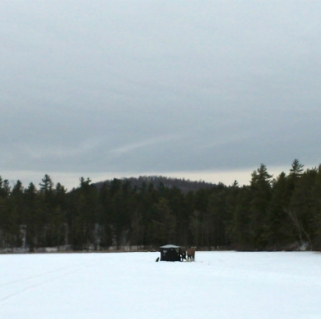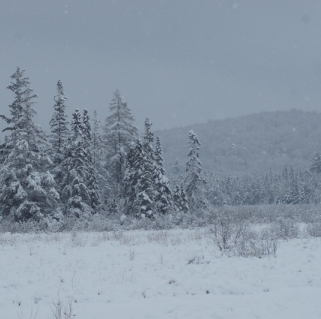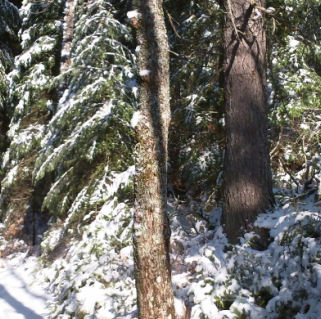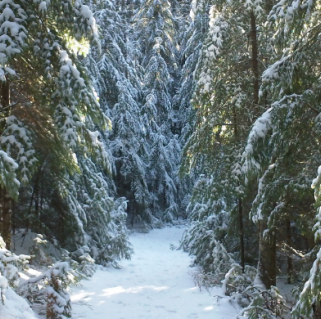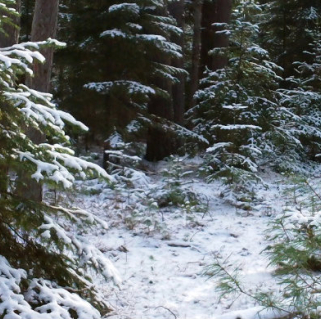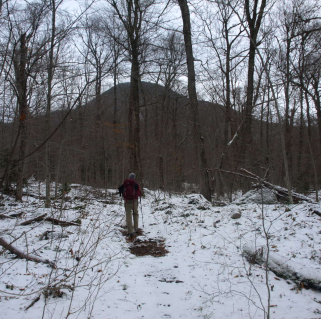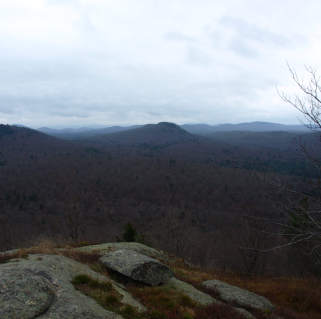Pamela Merritt
January 16, 2015
Saranac Lake has a long history of building amazing structures from ice as a centerpiece of their Winter Carnival festivities. Throughout the cycles of our village's famous winter festival, the Ice Palace has been both a focal point and a marker of what our Winter Break signifies in our history.
At its heart, it is a reminder of how it all started, with the cycle of the seasons. In summer, lumberjacks would work in the deep woods. In winter, these same skills would be turned to the vital work of ice harvesting, when blocks of ice would be cut from frozen lakes and packed in the abundant sawdust of the summer's labor.
These natural resources were transforming the world of the late nineteenth-century.
the beginning
While energy and invention were forces reaching deep into the wilderness, Western civilization was also struggling with the deadly scourge of tuberculosis; responsible for up to 25% of all deaths. Saranac Lake's reputation as a curing center drew thousands of patients, and shaped village life for decades.
This process was well underway in November of 1896 when civic leaders formed the Pontiac Club, named after the then two-acre bay that fills the eastern side of the lake, where it borders the town. Their goal was to organize and support outdoor activity, especially for the benefit of the growing population of tuberculosis patients. While they were not allowed to exert themselves very much, it was thought they would be more likely to get out in the fresh air to be spectators for those who could display their athletic prowess in winter sports.
The following February they threw a party, including a hockey game in the afternoon and a fancy-dress skating festival in the evening. While this is not considered the first Winter Carnival, it is considered to be what gave folks the idea.

The first Ice Palace at the first "The Pontiac Club Carnival" was built in 1898, and was referred to as an Ice Fortress. (It took a few years, and some changes of design, for it to be consistently referred to in the literature as an Ice Palace.) It had fireworks and candles illuminating the Fortress for both days of the Carnival, and it started a long-lived tradition of "storming" the Ice Fortress to conclude the festivities.
Building a "fortress" seems to have been a natural response to the largeness and squareness of the building materials. By this time the festivities had expanded from one day to three, and the structures continued to be elaborate, illuminated works, with sections up to six stories high. As seen below, "storming" meant running up the hill with Roman candles and people in the fort shooting fireworks back at the "invaders."
We don't do that anymore.

Fireworks to open and conclude the festivities were part of the Ice Palace tradition from the very beginning. It's possible that the "storming" tradition and the Ice Palace itself had been influenced by North America's first ice palace, a feature of Montreal's first "Winter Event" in 1883. This trend of elaborate North American Ice Palaces, which included St. Paul, Minnesota and Leadville, Colorado as well as Saranac Lake, called for the talents of professional architects and builders.
While this made for a fantastic spectacle, it also proved to be expensive. Leadville only held one carnival, in 1896. Saranac Lake held their Winter Carnival every other year, the odd years, in most of the 1910's and 1920's.
the early palace
Another hallmark of the early years of the Ice Palace was its location. For instance, the 1911 Ice Palace was built on Slater Hill, overlooking Lake Flower, where North Country Community College is now. At other times the Palace would appear on the shore of Lake Flower, especially when Pontiac Bay was larger, and a different shape than it is today.

Remember that this was a time when the ice blocks were hauled up the hill using humans and horses. At this time there were more ice activities on the lake itself, from ice skating exhibitions and barrel jumping to horse races. Horse racing on ice, known as "ice trotting," was hugely popular, and the annual meet was during Winter Carnival. It continued to be popular into the late 1920's.
With so many events, and spectators (an 1894 match was reported to be attended by 4,000 spectators), it made sense to put the Ice Palace on a hill, where it was visible to all. The slope is visible in the pictures of the time, as was the uncluttered skyline, which made for fine postcards.

It is difficult to date photos of these early Ice Palaces because they tend to have a characteristic, and somewhat unvarying, pattern. Multiple towers, usually square, with walls of differing heights and a central, tallest, tower. Windows were discarded for recessed, cruciform alcoves, which prevented wind erosion. There were battlements on the parapets, with lights within and without, and there were abundant flags.
In 1920 the first Saranac Lake hospital was built on Slater Hill, and the Ice Palaces stayed on the shore of Lake Flower. Then, after enjoying a long and festive stretch, the Carnivals began having erratic periods of dormancy.
major transition
Sometimes, as in 1923, 1926, and 1936, there were festivities, but no Ice Palace. And for long stretches, punctuated by the Depression and World Wars, there was no Carnival at all. The last Ice Palace from the early part of the century was built in 1924. It didn't make a comeback until 1955.
That year was also when Don Duso was part of the ice cutting team, with a gas-powered saw his father had built in 1939. Mr. Duso, who had once saved Albert Einstein's life, would be a vital part of the Winter Carnival for the next thirty years.
A 1957 program shows a more modest structure than in days past, though still in the form of a castle. Much had changed in the intervening years. The tuberculosis patients who once filled the town had all gotten better thanks to antibiotics. The wealthy patrons who had once donated to the grandeur of Carnival were no longer a part of the community. Escalating costs kept the Carnival in the red for many years, while the organizers struggled between the unpopular option of admission rates, and the lingering bills of past events.
Thanks to dedication and ingenuity, a band of volunteers created a less imposing, less expensive, Carnival. While the Ice Palace was no longer torn down to ship the ice to cities, the skills remained to build it. Different themes began to develop, expanding the Ice Palace designs.

In 1985, when the theme was was "The Magic Kingdom," the Ice Palace weighed 1,440,000 pounds. In 2009, it was a pirate ship. In 2012, with a Space Alien Invasion theme, there was a flying saucer.
the ice palace today
Carnival has expanded to ten days spanning two weekends, and hardly a day goes by without something going on. The parade, athletic events, torchlight ski races, pancake breakfasts, the library book sale, concerts, Woodsmen's Exhibitions, and the hugely popular Rotary Show have reached the status of traditional events, while last year saw the debut of a fun new event, Arctic Golf.

In 1907, the first Carnival Button displayed the Ice Palace, as the Winter Carnival flag does today. In 2015 the theme is the Groovy 60's. This year marks an unbroken sixty-year run for our beloved Ice Palace.
It's an indelible part of Winter Carnival.
Make sure you reserve lodging early. Enjoy our historic downtown with its shops and dining. Don't miss any of your favorite Carnival Events!






Packages and Promotions
Valid Jan. 21
- Jan. 21
Valid Jan. 21
- Jan. 21
Pet Getaway
Voco Saranac Lake
Your dog deserves an Adirondack getaway too. Book our pet friendly hotel near Lake Placid welcomes every member of your crew. Book our Pet Package...











